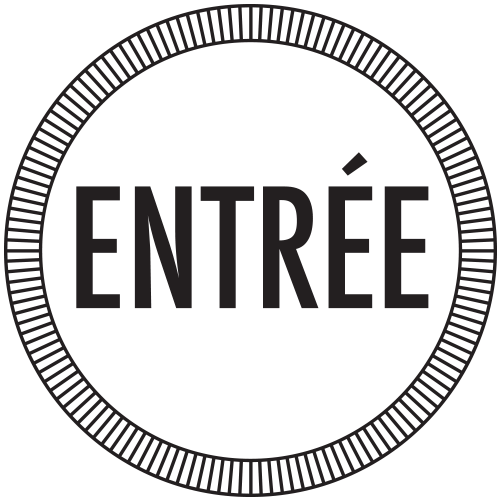Anna Lundh
Grey Zone
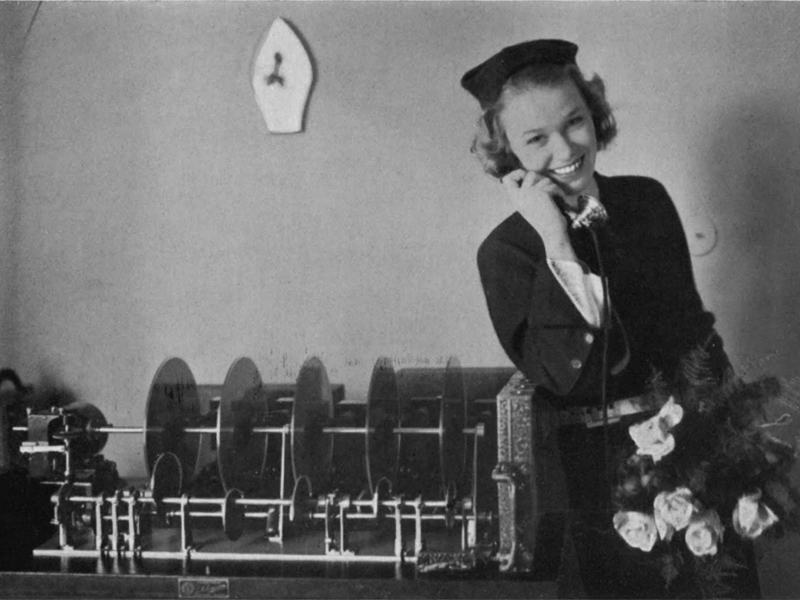
Actress Randi Brænne next to the speaking clock (Telefonuret) to which she lent her voice, Bergen 1941.
Anna Lundh (b.1979) is a Swedish artist, based in Stockholm and New York. Much like a detective or archaeologist she is investigating cultural phenomena, social agreements, language and technology.
The work shown at Entrée is concerning our personal and social relationships to the concept of time. Lundh has for several years run a research project to collect individual reflections and visual perceptions of time, which are partly presented in the video work The Year is a Python that swallowed an Elephant. From the Swedish Television archive Lundh has collected ”wait-time” (a ticking clock between programs) spanning from 1983-93; for example 16:50:08 - 16:55:00, August 28th 1990. Included is also her latest project New Years Eve (GMT -0:30), where she created a unique time zone for the gallery space Platform Sthlm, 1,5 hours behind local time. Research for the current exhibition Grey zone has now led her to Frøken Ur´s lost recordings…
Anna Lundh graduated from Konstfack in 2008 and has since participated in residency programs such as LMCC Workspace, New York and Omi International Arts Center. Lundh has exhibited at Bonniers Konsthall, Haninge Konsthall, Rhizome, Marian Spore, Apexart and Franklin Street Works to name a few and also published text-based works for Squid, Hjärnstorm and Triple Canopy.
www.annalundh.com
Lecture performance by Anna Lundh Friday January 20th at 21.00, offering insight into her research project The Year is a Python that swallowed an Elephant.
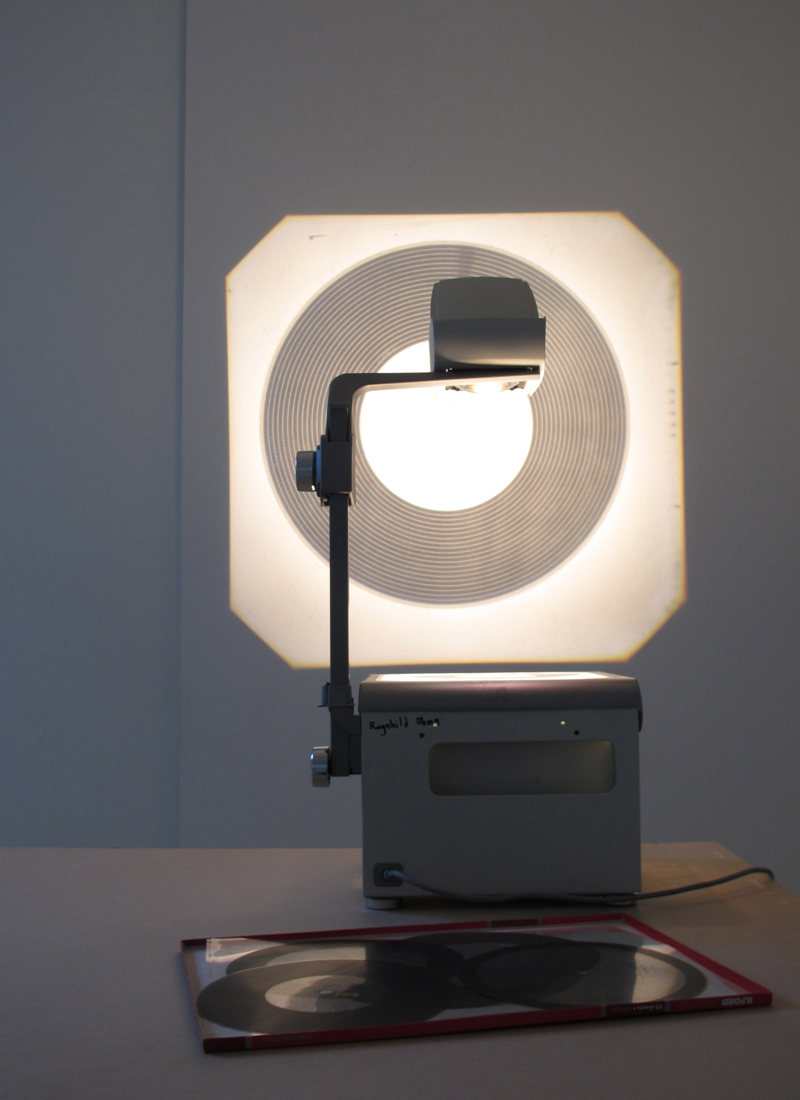
Frøken Ur. Ongoing research concerning Norways first “speaking clock”, installed in Bergen in 1935. Presented here on an overhead lamp. 2012–

Tv time, Video (1.53.53, loop)
Selected sections from The Swedish Television broadcast archive. 2010


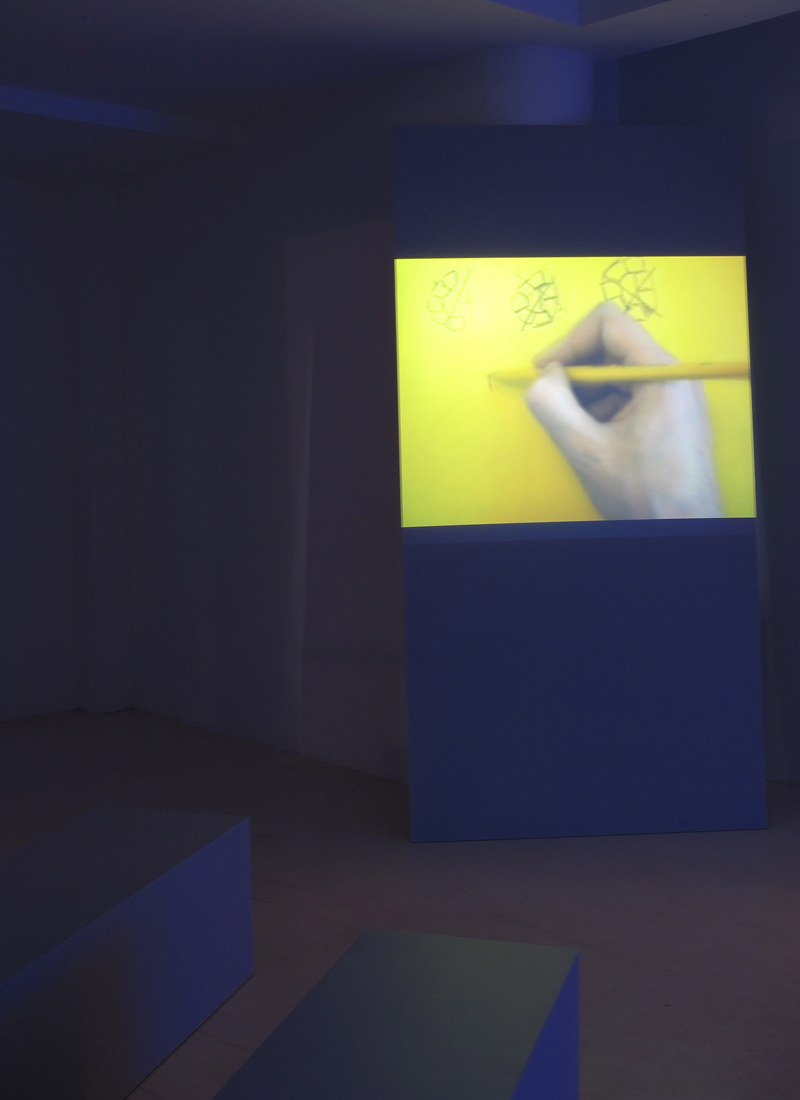
The Year is a Python that swallowed an Elephant, video (silent, 12.12 loop). Based on the data collected in a research project/experiment performed with 150 people in Stockholm and New York. 2009–
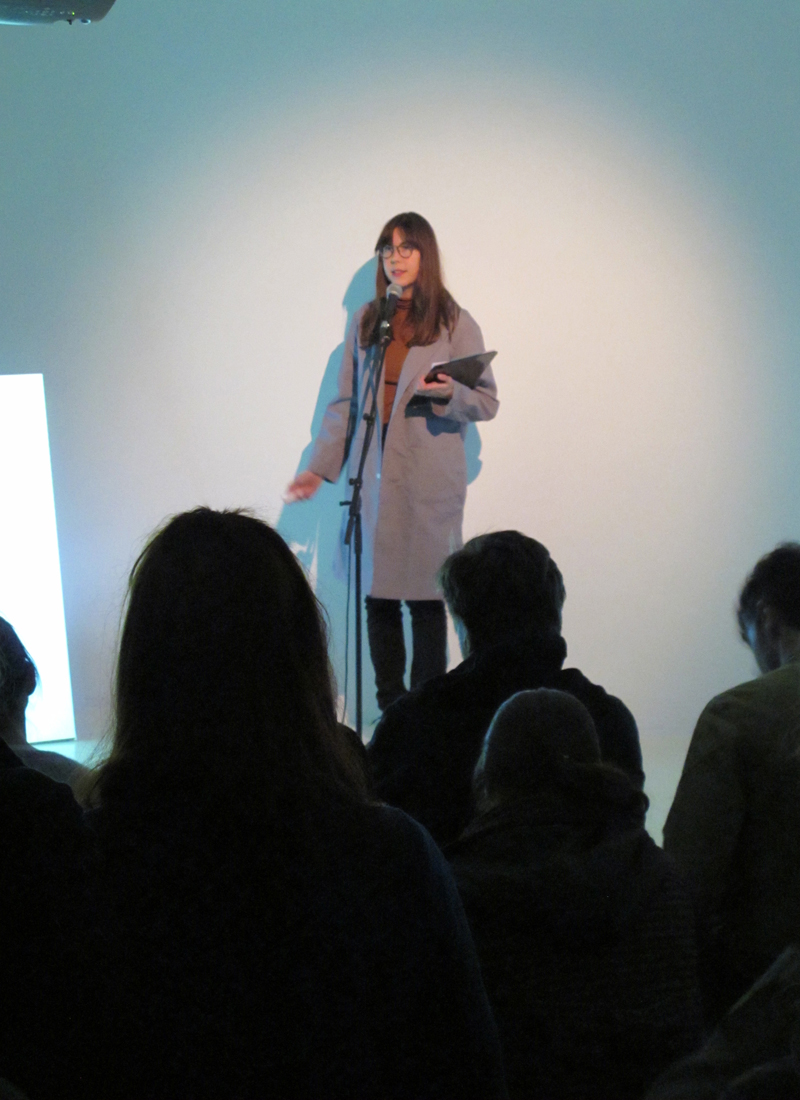
Lecture Performance offering insight into the project The Year is a Python that swallowed an Elephant for the opening night January 20th at 21.00-21.30.
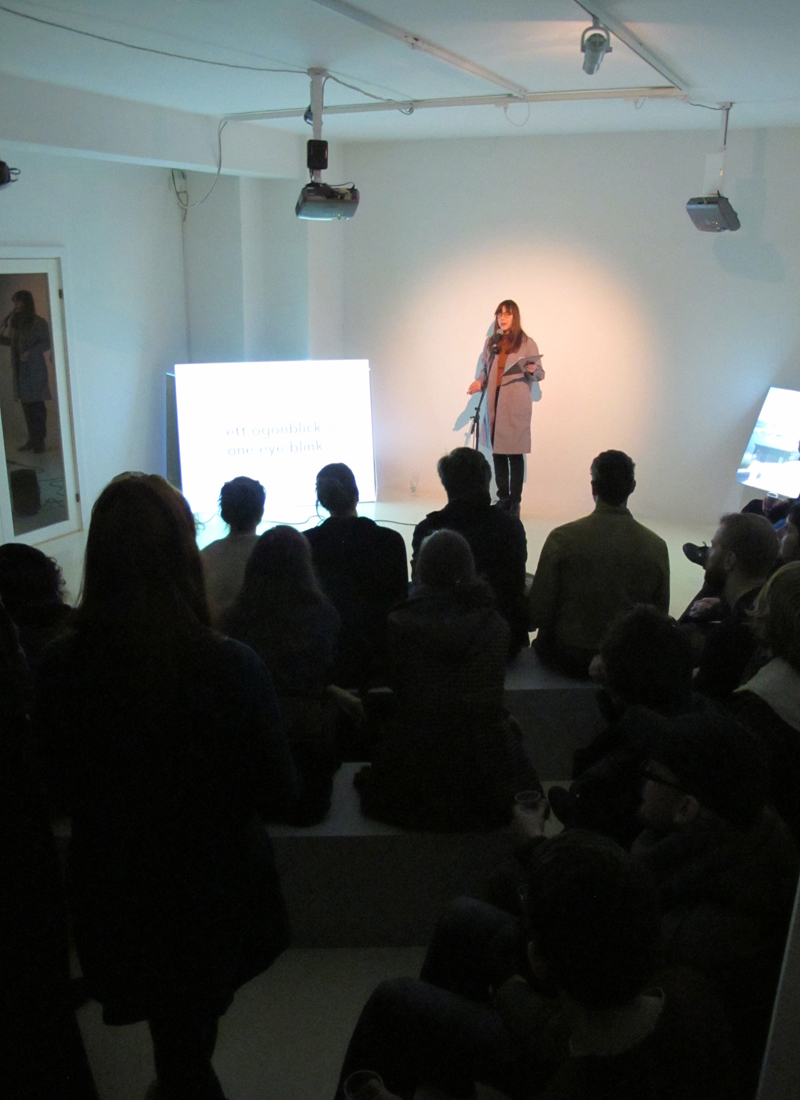
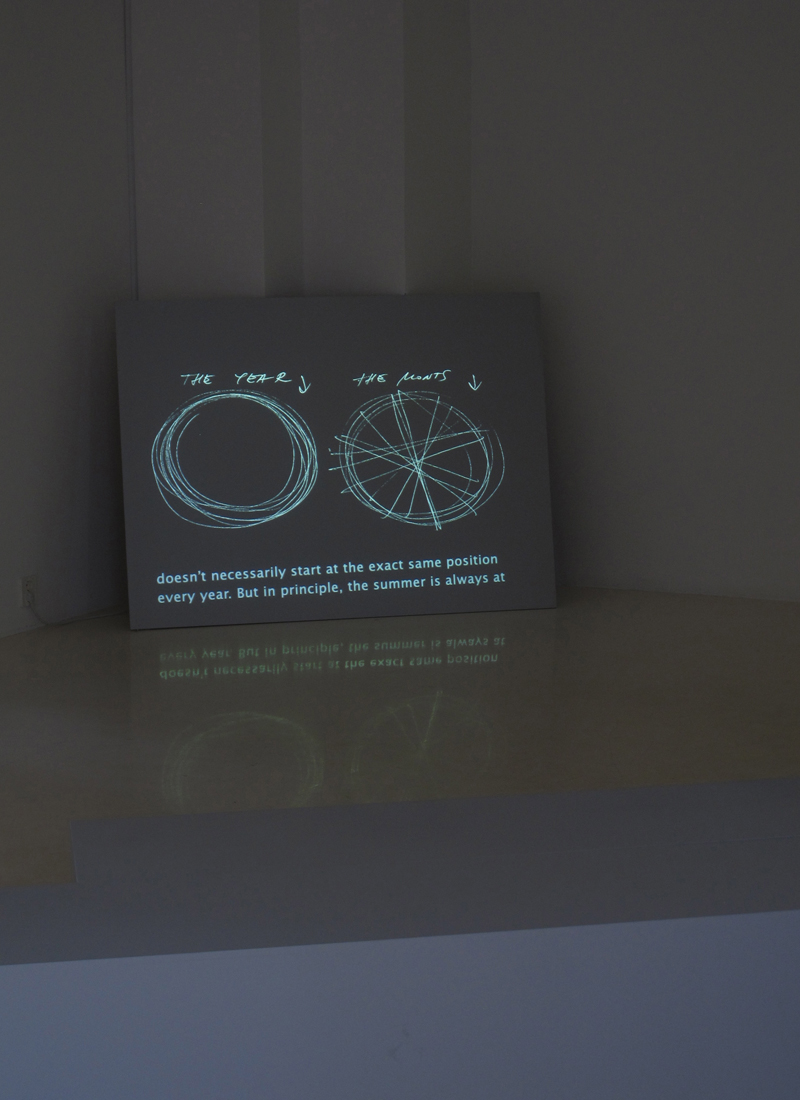
The Year is a Python that swallowed an Elephant, Video with voiceover (13.55 loop). Based on the data collected in a research project/experiment performed with 150 people in Stockholm and New York. 2009–
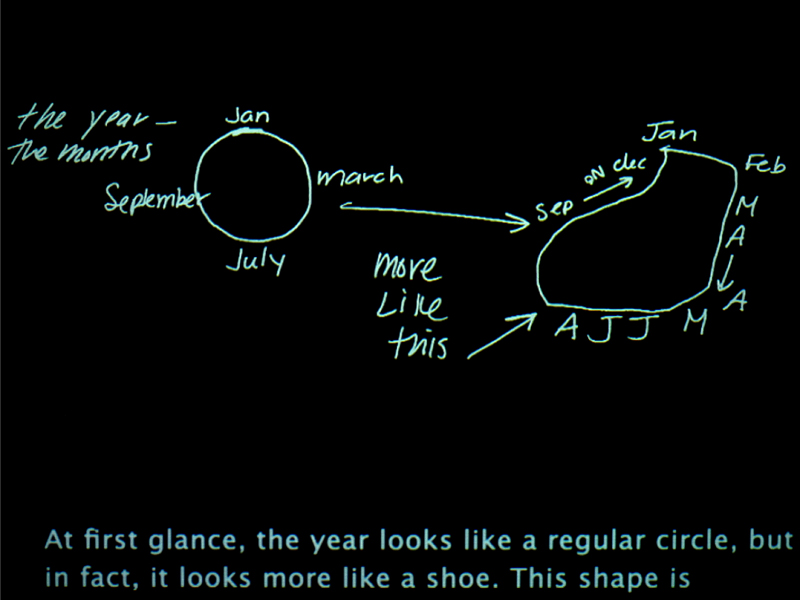
New Years Eve (GMT -0:30)
A project by Anna Lundh
hosted by Evening standard/Platform Stockholm 31/12 2011
A singular moment in the history of efforts to unite the world under a western-dominated capitalist model was the introduction of uniform time zones at the 1884 Washington Meridian Conference, where an international reference point was established based on the Greenwich or Prime Meridian located at the British Royal Observatory in Greenwich, England. Thus was laid the groundwork for the imposition of Universal Time, linked directly to an expanding British Empire upon which the sun never set and time could now pass in smooth and uniform succession. On a more prosaic level, replacing multiple time zones with uniform one-hour intervals was a means to coordinate and facilitate commercial rail traffic, indicating the extent to which attempts at standardization are connected to economic development.
This system has long had anti-colonial outliers (India, Iran and Nepal being among the countries using a so-called “offset” time zone). Recent attempts to break from Universal Time also indicate a nationalist agenda—as was the case in 2007 when Hugo Chavez established a unique time zone for Venezuela, or earlier this year when Russia abdicated unilaterally from daylight savings time, necessitating a complex re-shuffling of its international rail links.
While these occasional rebellions against time’s normative passage might appear consequential, in the west little has interrupted a regime that, starting from the industrial revolution, ceaselessly ordered and re-ordered the procession of daily life, developing such institutions as the five-day workweek, two-day weekend, 8-hour workday, and the Christian ceremonial calendar to differentiate productive time from leisure time, private time from public time, sacred time from profane time. No moment in this calendrical regime is as singularly fraught as New Year’s Eve, where popping champagne corks and passionate kisses are calibrated to an arbitrary moment based on longstanding international agreements concerning what time it is. Anna Lundh has proposed an ambitious plan to break with this regime, establishing a unique time zone one and a half hours behind normal Stockholm time to be observed New Year’s Eve at an event hosted by Evening Standard. By suggestion alone, Lundh will create a temporal enclave, a moment when celebrants can divorce themselves from this long-established apparatus of control, linking chronopolitics directly with the dance floor.
Text by Michael Baers
